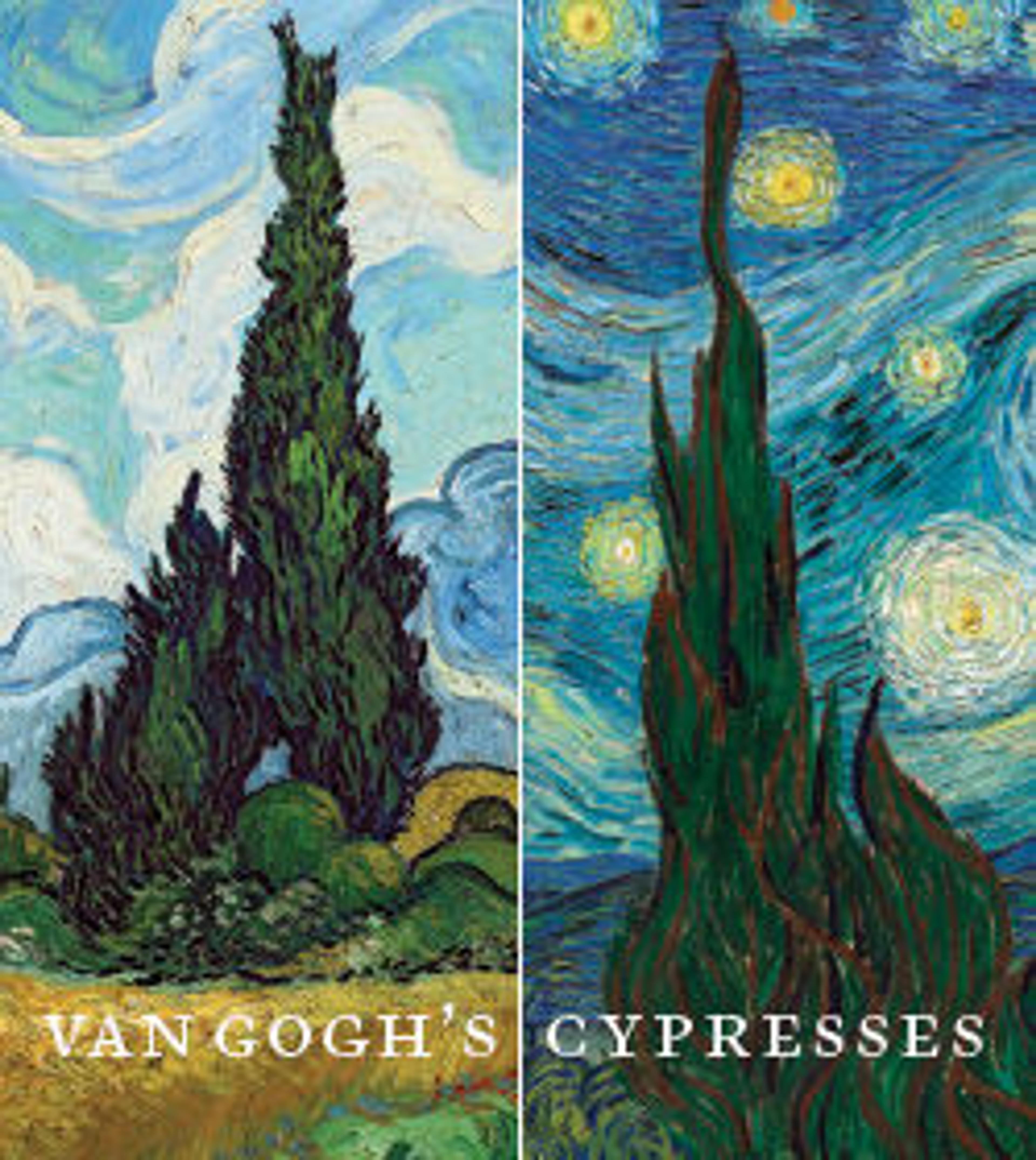Wheat Field with Cypresses
Artwork Details
- Title: Wheat Field with Cypresses
- Artist: Vincent van Gogh (Dutch, Zundert 1853–1890 Auvers-sur-Oise)
- Date: 1889
- Medium: Oil on canvas
- Dimensions: 28 13/16 × 36 3/4 in. (73.2 × 93.4 cm)
- Classification: Paintings
- Credit Line: Purchase, The Annenberg Foundation Gift, 1993
- Object Number: 1993.132
- Curatorial Department: European Paintings
Audio
133. Wheat Field with Cypresses, Part 1
Look at the lively brushwork that makes up this summer landscape: the thick layers of paint strokes convey the rush of the wind, the swaying of the trees and wheat field, and the extreme heat of the afternoon. Its sense of immediacy is striking; in fact, Van Gogh painted this landscape on the spot, directly from nature. When he arrived in the south of France in 1888, Van Gogh was drawn to the cypresses that were scattered throughout the countryside. This canvas is one of several paintings that focuses on these majestic trees. Van Gogh compared their form to that of an Egyptian obelisk and described them as “a splash of black in a sunny landscape.” The clarity of light and the vibrant colors of the countryside also attracted Van Gogh, who lived most of his life in less hospitable climates in northern Europe. In a letter to his brother Theo, he likened the sky in this painting to “a piece of scotch plaid,” and called the work one of his “best” summer landscapes. The art world was rapidly changing in Van Gogh’s lifetime, but artists still looked to tradition for inspiration—even Van Gogh himself. To hear more, press play.
Listen to more about this artwork
More Artwork
Research Resources
The Met provides unparalleled resources for research and welcomes an international community of students and scholars. The Met's Open Access API is where creators and researchers can connect to the The Met collection. Open Access data and public domain images are available for unrestricted commercial and noncommercial use without permission or fee.
To request images under copyright and other restrictions, please use this Image Request form.
Feedback
We continue to research and examine historical and cultural context for objects in The Met collection. If you have comments or questions about this object record, please contact us using the form below. The Museum looks forward to receiving your comments.
